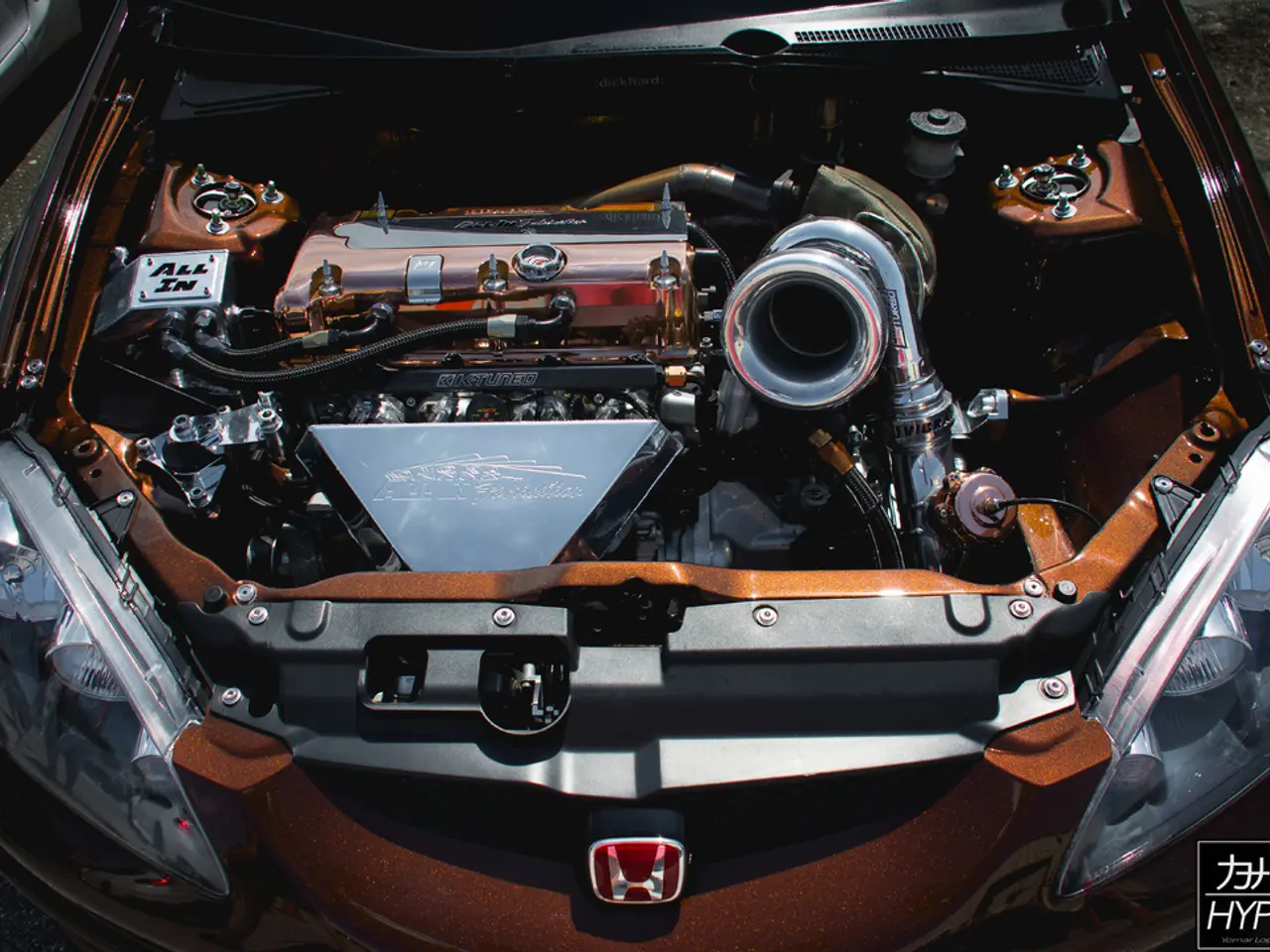Wastewater Treatment and In-Plant Handling of Heavy Rainfall Technologies: Quick Reference Sheet
In 2013, a fact sheet titled "Emerging Technologies for Wastewater Treatment and In-Plant Wet Weather Management Fact Sheet" was published, offering insights into the advancements in wastewater treatment and management systems. Although the location or source of the document is not specified, it provides valuable information about the state of the industry at the time.
The document outlines four key areas of focus in the evolution of wastewater treatment technologies:
- Smart and Automated Management Systems The adoption of smart technologies in wastewater plants is a growing trend. These technologies aim to optimize operational control, improve monitoring, reduce failures, and enhance resource recovery. Examples of such technologies include Veolia’s CISPEO, which demonstrates the movement towards automation, data analytics, and real-time adjustments in response to regulatory demands for higher effluent quality and cost control.
- Advanced Treatment Processes and Potable Reuse Technological innovations, particularly in microbial management and membrane filtration, facilitate direct and indirect potable water reuse from treated wastewater. This shift towards closing the water loop is exemplified by long-standing projects such as those in Windhoek, Namibia, and Belgium.
- Infrastructure Renewal and Expansion for Wet Weather Management Addressing aging infrastructure and capacity challenges is crucial for handling wet weather flow. Large-scale projects, like the Clearwater Project in Los Angeles (approved in 2019), demonstrate infrastructure advancements involving modern large-diameter tunnels to convey cleaned water and improve reliability against stormwater overloads and sewage overflow.
- Regulatory Compliance and Effluent Quality Improvement Stricter effluent standards worldwide drive the adoption of emerging treatment technologies to achieve tighter contaminant removal, minimize pollution, and protect water quality. This regulatory push accelerates innovation and market growth for new technology adoption in biological, chemical, and physical treatment processes, along with enhanced sludge management.
These categories collectively advance wastewater treatment by integrating smart operation, reusable water technologies, infrastructure resilience, and regulatory alignment, creating more sustainable and adaptive systems.
The document, which is approximately 7.46 MB in size and in PDF format, offers a valuable snapshot of the wastewater treatment sector in 2013. It is important to note that while the precise four categories named in the 2019/2020 report are not explicitly listed in the search results, the overarching themes reflect these critical and evolving advancements in the wastewater treatment sector during that timeframe.
- The document reveals how the adoption of smart technologies, such as Veolia’s CISPEO, in wastewater plants aims to increase resource recovery by optimizing operational control, improving monitoring, and reducing failures, contributing to the advancement of wastewater treatment and environmental-science.
- In the realm of environmental-science and technology, advanced treatment processes and potable reuse, enabled by innovative microbial management and membrane filtration, are facilitating the shift towards direct and indirect potable water reuse from treated wastewater, ultimately working towards a more sustainable environment by closing the water loop.




